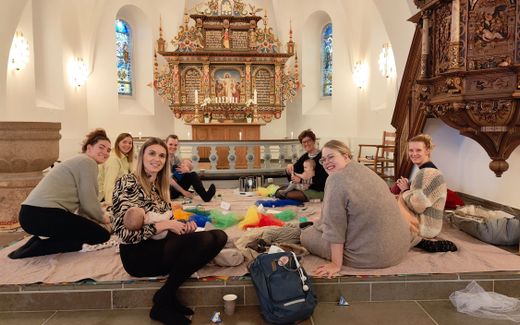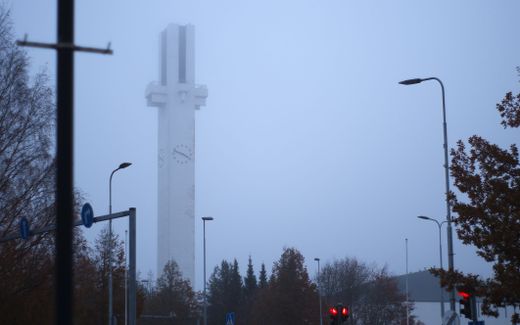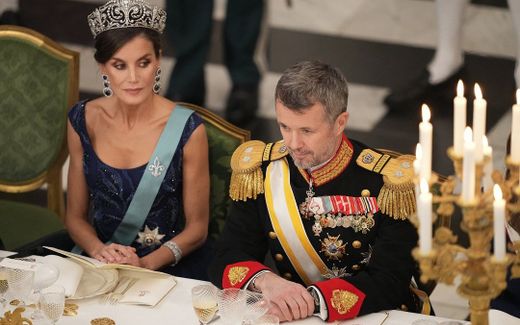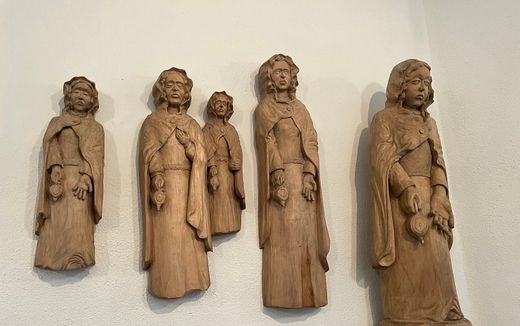Biblebelt feature: Revival movement is a thorn in the side of Danish Church
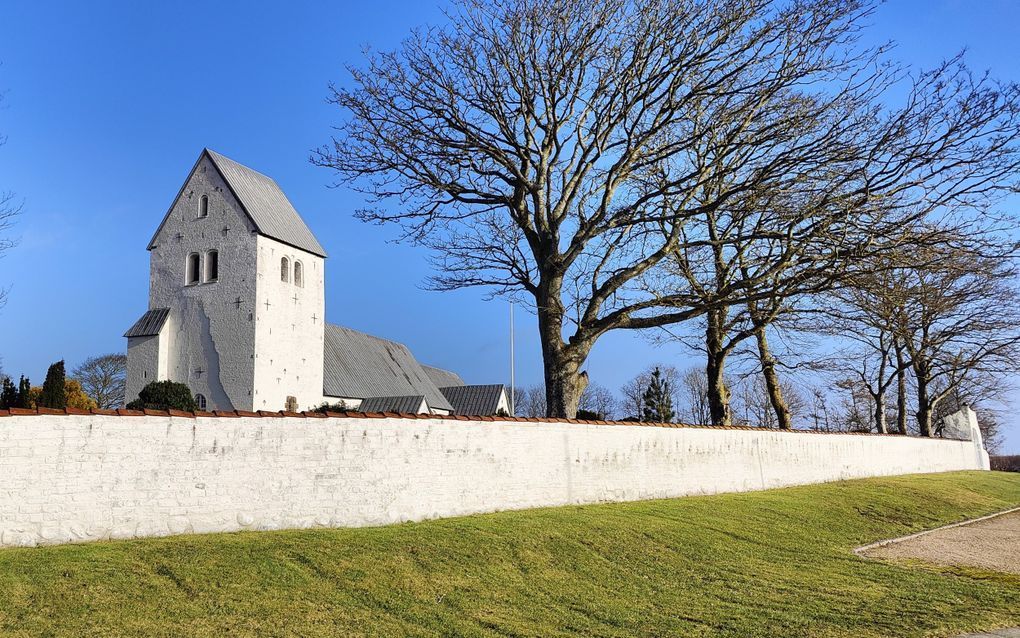
Historically, many Danes see Indre Mission as an extreme movement, Prof Larsen argues. "This is mainly because of a lack of religious knowledge." Photo: the village church of Stauning, near Skjern. Photo CNE.news
Christian Life
The largest revival movement is a thorn in the side of the Danish People's Church. Yet, the Folkekirken cannot do without them. "People call the movement extreme."
"The Lutheran Church has always been dominant in Denmark," asserts Professor Kurt Larsen. He is a professor at the Lutheran School of Theology in Aarhus and obtained his doctorate in Danish church history from Aarhus University. "Until 1849, almost everybody belonged to the Lutheran Church. Even though there was religious freedom afterwards, non-Lutheran religions constituted only a small percentage of the whole."
Part 4 of a series of European Biblebelts. Earlier editions were about Finland, Sweden and Germany
The Lutheran Church is a Protestant denomination based on the theology of Martin Luther. Unlike Calvinism, the Lutheran Church has retained many rituals and traditions from the Roman Catholic Church, including the Eucharist and confirmation. The Danish king and the parliament, the Folketing, are in charge within the Folkekirken.

According to Larsen, speaking of a Danish Biblebelt is difficult. "Conservative Christians are scattered throughout the entire country." According to the professor, the region that comes closest is Western Jutland. "Denmark is divided into parishes, and each parish selects its own priest. In West Jutland, you can see that Indre Mission has more influence."
Indre Mission (Inner Mission) is one of the revival movements within the Lutheran Church. They aimed to form a counter-movement in the increasingly liberalised people's church, where the Word of God was no longer central. "In the beginning of the 19th century, a pastor within the Folkekirken preached about the usefulness of growing potatoes," says lay preacher Hans-Jørgen Steffensen. "As a result, the Royal Danish Agricultural Association awarded the priest a medal."
Priesthood
Steffensen was previously involved with Indre Mission. He studied theology intending to become a priest in the Folkekirken. However, the blessing of same-sex marriage by the Danish Church in 2012 made him reconsider his path to priesthood. "I can use my studies within Indre Mission, but I no longer desire the priesthood unless I receive a clear calling." For now, Steffensen occasionally serves as a lay preacher.
Indre Mission explicitly does not have members. The people who participate in activities are often members of the Folkekirken or of a free congregation. It is estimated that around 25,000 people participate in meetings or Bible studies of the movement. Financially, the association is independent, according to a spokesperson. "About two-thirds of our funding comes from donations and bequests. The rest is from sources like a hotel, a travel agency, and some campgrounds."

Historically, many Danes view Indre Mission as an extreme movement, states Larsen, who is also part of the group. "This is mainly due to a lack of religious knowledge. Originally, alcohol, dancing, and Sunday work were taboo," says the professor, who published a book about Indre Mission in 2011. "Theologically, little has changed, but these issues are less important nowadays."
Although Indre Mission is a thorn in the side of the Danish Church, several stakeholders argue that the Folkekirken could not do without this revival movement. "Within the church, bishops and church leaders are well aware that it is precisely these people who carry out the work of the church," says Professor Larsen.
Strongholds
Despite all the efforts, the movement is shrinking, both Steffensen and Larsen assert. "It's difficult for young families to come to church. And during their study years, young people often move to larger cities."
Larsen also acknowledges this trend. "The new strongholds of Indre Mission will form in the cities because young people are moving there," he states. "In Aarhus, where I live, one of the country's more active Indre Mission movements is located. In a city of 300,000 inhabitants, there are still not many, but their involvement is high."
Related Articles


